Introduction
Mortal Kombat was not supposed to die.
Many regard Mortal Kombat vs. DC Universe as one of the lowest points in the series. Its minigame-centric fights and awkward movements were damning, but it also lacked the silly, over-the-top violence Mortal Kombat is known for – a sad reality for appeasing license holder Warner Bros. Batman can cripple impoverished criminals, but he can’t be cut in half by Tarkatan blades.
It would have been disappointing to end on an ill-fated crossover, but Midway’s untimely demise could have made that so. Layoffs, uncertainty, and publisher implosion aren’t how franchises live; that’s how they die. But the then-newly formed NetherRealm Studios reinvigorated the entire franchise after its darkest period with one of its most beloved games: the 2011 reboot, Mortal Kombat 9
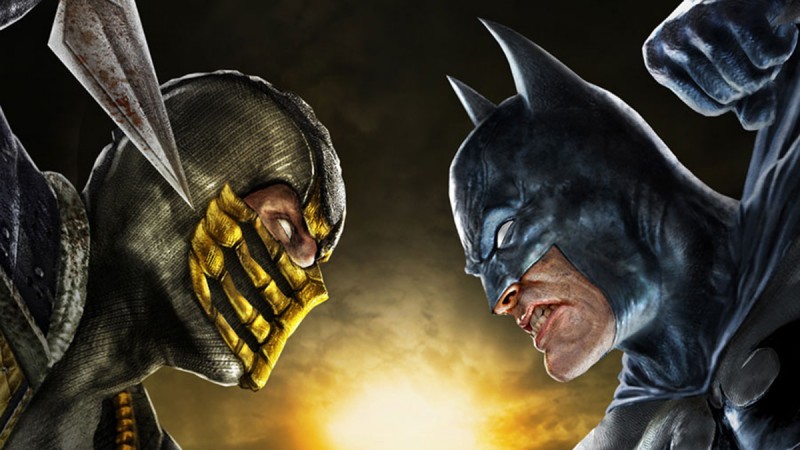
MKvDC rebooted the series in its own way but holding back the gore meant another entry could benefit from all the pent-up aggression. The natural progression was not lost on the people behind it, as series co-creator Ed Boon says going for a T-rating meant the next game could fully push the series’ signature violence.
“The biggest lesson we learned with MKvDC was that there was an opportunity for two separate games that each could embrace their roots without compromising the other,” Boon tells Game Informer. “This resulted in us deciding that the next Mortal Kombat game would be a full reboot and aggressively embrace everything signature about Mortal Kombat. This included going back to a 2D fighting plane, retelling the [story of the] original trilogy, and going back to our classic Fatalities without restrictions.”
Other team members echo the sentiment, as it seemed abundantly clear that the series shouldn’t be divorced from its violent roots.
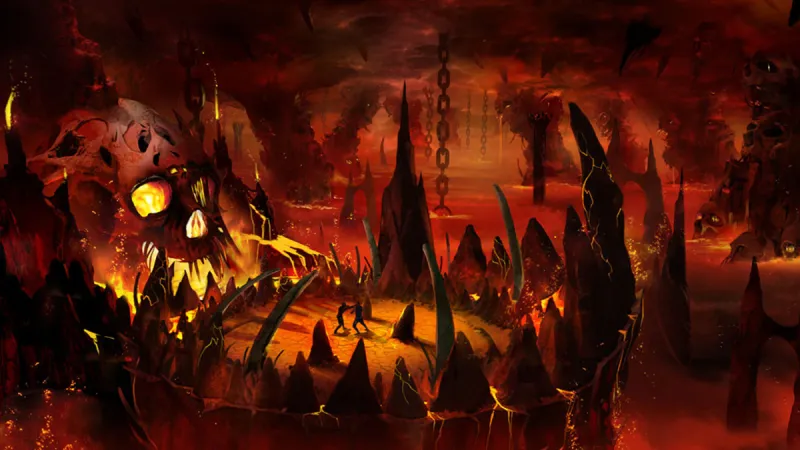
Avoiding an Inevitable Fatality
Avoiding an Inevitable Fatality
Going back to basics was a reasonable plan. But it got complicated when Midway filed for Chapter 11 bankruptcy three months after MKvDC’s release. Chapter 11 allows a company to continue operating, but it’s not a good situation.
Senior FX artist Shawn Kawa was on the Mortal Kombat team during these tumultuous times. About a year into his time at Midway, he came into work and found large swaths of the team were laid off, which he thought included him.
“I came into work, and everyone was packing up their stuff, and they said everyone was laid off,” Kawa says. “And I thought, ‘Well, I didn’t last long.’ But it’s pretty normal in games. I packed up my stuff and went home. Later I got a call from my lead like, ‘Oh shoot, we forgot to call you. We were going to tell you to stay home because everyone was laid off, and you’re not.’”
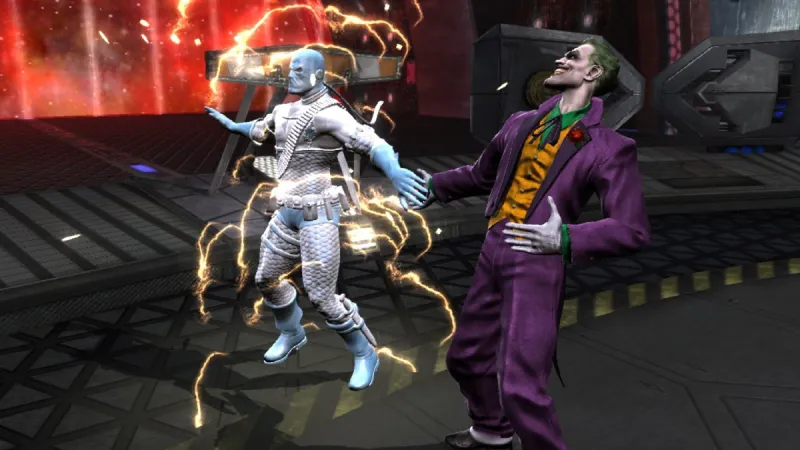
Senior animator Richard O’Meara was in a similar boat as Kawa but got his ominous call just before the weekend. That was only the first wave of confusion rushing over Midway’s employees.
“One of the leads at Midway Chicago called me on Friday and said, ‘Don’t come in to work on Monday,’” says O’Meara. “I was like, ‘You’re not making me feel good right now.’ And he told me, ‘Be happy I’m telling you to come to work on Tuesday.’ Monday came, and I started getting calls from all my friends like, ‘Hey, did you get laid off?’ So he was telling me to stay away because they were going to have a mass layoff to compensate for the bankruptcy.”
Director of engineering Alan Villani admits there was fear around the bankruptcy and the idea of splitting the team from Mortal Kombat.
“If your company is in bankruptcy, that’s a serious thing,” Villani says. “They were still paying our salaries, so there was no immediate threat that was going to stop suddenly, but there was a real threat that everything would go sideways if WB or whoever was looking at us didn’t buy us. The IP could split from the team. That was a super tenuous point for the whole series. I can’t even imagine if somebody just buys it and throws whatever team on it and says, ‘Let’s just make some Mortal Kombat games because we own the IP.’ It could’ve been a disaster.”
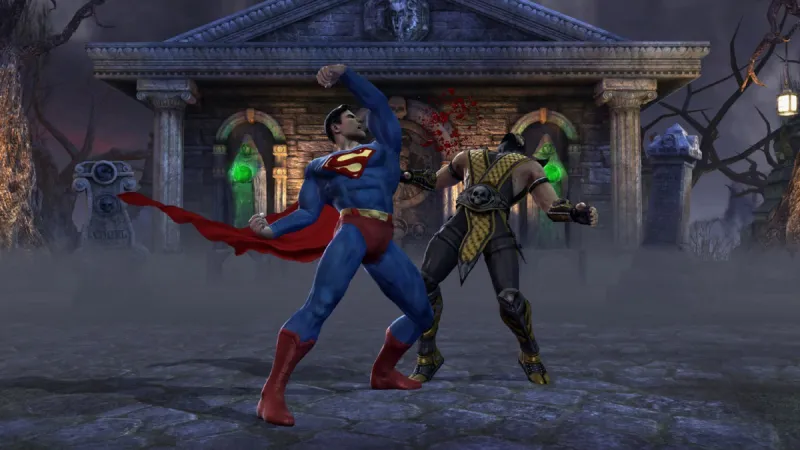
Villani says he was confident Midway Chicago would find a home despite the worries. The studio developed one of the most coveted fighting game series of all time, after all.
“Each person will have a different level of fear of what was going on,” Villani says. “But I just knew that the team was so talented that there was no chance that somehow we wouldn’t land somewhere. If it was Bungie, people wouldn’t be like, ‘What are you going to do? You don’t have funding? Will you be on the street?’”
His hunches were proven correct as Warner Bros. bought Midway in July 2009. The publisher wanted the team and the Mortal Kombat IP. Not all acquisitions go as smoothly, but WB had the foresight and money to make it work, Villani says.
“And we were at a bargain-basement price,” he adds.
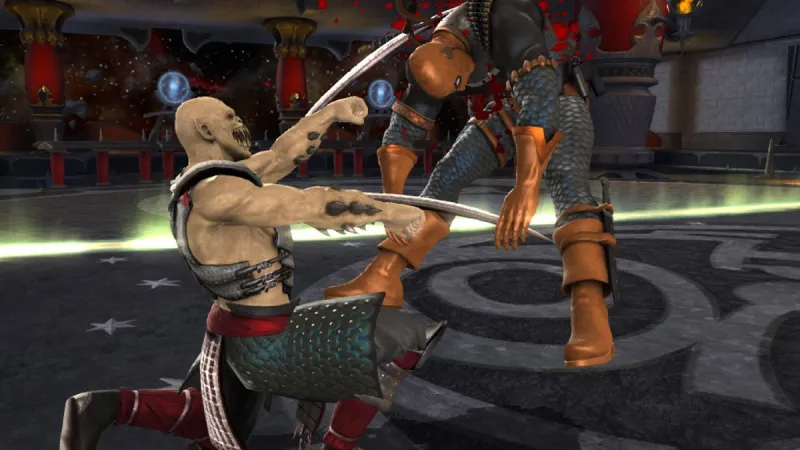
Becoming NetherRealm
Becoming NetherRealm
Midway Chicago became WB Games Chicago, bringing much-needed stability and better funding. While the extra support took many forms, the move to a new building was the most evident, given the old office’s dire state.
Daanish Syed, a 2D cinematic associate artist on MK9, remembers the decrepit, leaky building when first interviewing at the company in early 2010. While the innermost parts were lovingly decorated with Mortal Kombat memorabilia, others looked like they were spat out of the actual Netherrealm.
“They called me in for an in-person interview, and I was so excited,” Syed says. “I went to their old studio location, and it was this weird, industrial, nondescript building. I walked in, and it was even worse on the inside. Really dilapidated. It was awful. They showed me around, and despite the building being so old, it still felt alive and cool. But I just remember being taken aback, like, ‘Wow, what is this place? It is so s—-y looking!’”
O’Meara was much less kind.
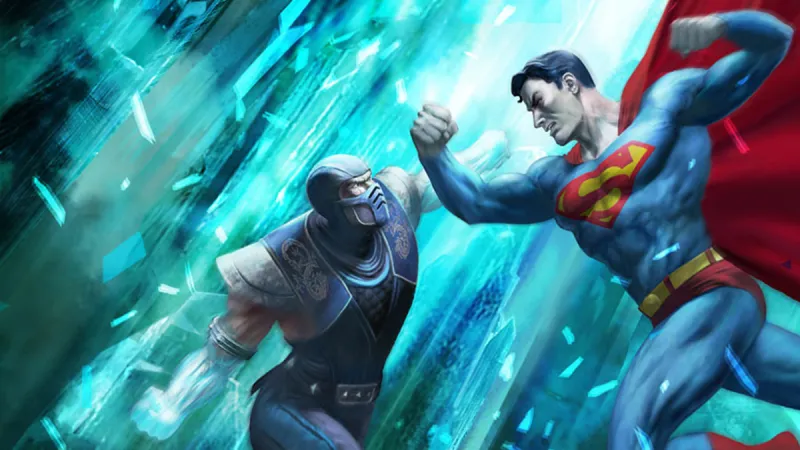
“Midway’s building was a total, total dump,” he says bluntly. “I remember my first day there, I was like, ‘They make Mortal Kombat here?’ It was just this run-down, hacked-together garbage office. I remember sitting in the cafeteria with [Midway animator Jim Gentile], and I’m looking at this really gnarly kitchen, and I’m like, ‘This is terrible.’ It looked like a mechanic’s cafeteria. Just really dilapidated and beat up.
“The foam tiles had watermarks and mildew marks. And if you looked up, you could still see all the hardware in the ceiling of what they would use to build the pinball cabinets. They just painted it all black. It was the worst.”
Midway Chicago rebranded to WB Games Chicago, and it was time to fully embrace its new identity and develop something more personal. And thus, in April 2010, NetherRealm Studios was born.
“The name was more because we wanted an identity, and we figured the MK stuff was buried inside of Midway,” says Villani. “Midway Chicago did sports and a variety of things. I was always a big proponent of finding some kind of identity that allowed us to [have our own] brand and tchotchkes to let people know that this is a product from this group. So when you’re doing Injustice or whatever, you’re like, ‘That’s the MK team.’ It was more of, “What do we name ourselves?” than “We have to shed this other stuff.’”
More Money, Fewer Problems
More Money, Fewer Problems
Warner Bros. backed up the Chicago team financially and provided something nearly as beneficial: time. Midway had the studio pumping out Mortal Kombat games on a near-annual basis by the end. That cadence would have been hard to keep up in the HD era, but WB wanted a quality product, and the Chicago studio had gone in with the idea of spending more time on the game.
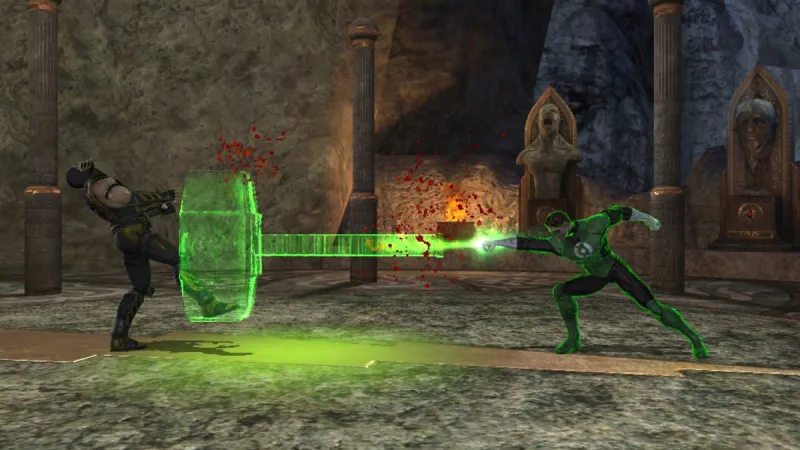
“The reality wasn’t an extra year because [MKvDC released at the] end of 2008, and this game was the first few months of 2011,” Villani says. “It’s not really three years. It’s important from the standpoint of the percentage difference of development time because [the difference doesn’t seem] that great. But it enabled us to do a lot more. Those extra months in game development are huge.”
The additional time gave Villani’s team more room to push Unreal Engine 3. Although it was a ubiquitous engine then, UE3 wasn’t typically used for games running at 60 frames-per-second. As Villani puts it, “Unreal Engine 3 barely ran at 30 [frames-per-second] with nothing on the screen,” an indictment showing how hard the engineers worked to fit it over the genre. MKvDC also targeted 60 frames on Unreal 3, but that was more of a test to get it to run.
Instead of just getting it all to function, Mortal Kombat 9 was more of an exercise in pushing the tech. Villani says the team was always focused on building on what it had in order to help out its future self on the next project. Essentially, MKvDC was the “springboard” that allowed it to push forward and make Mortal Kombat 9 look as good as it did.
“If you look at what we did in MKvDC, and then you look at what we did in MK9 and then Injustice, you can see the tooling and support for the artists just kept improving and performance kept getting better,” Villani says. “So that’s why you could see more stuff getting shoved on screen, like more details and liveliness to the scene by each generation. And if you look at MKvDC, the main reason that was not as vibrant was because we just didn’t have the time. We just did not have the time with a brand-new engine to make it look in two years like we could after that.”
Villani says that players don’t care about technical limitations; they just want a good-looking game. Mortal Kombat 9’s lively backgrounds full of buildings exploding, soul wells flaring up into the heavens, and dragons flying around were all the little touches the studio added to give it life and the detail seen in a game running at 30 frames-per-second while maintaining a silky 60.
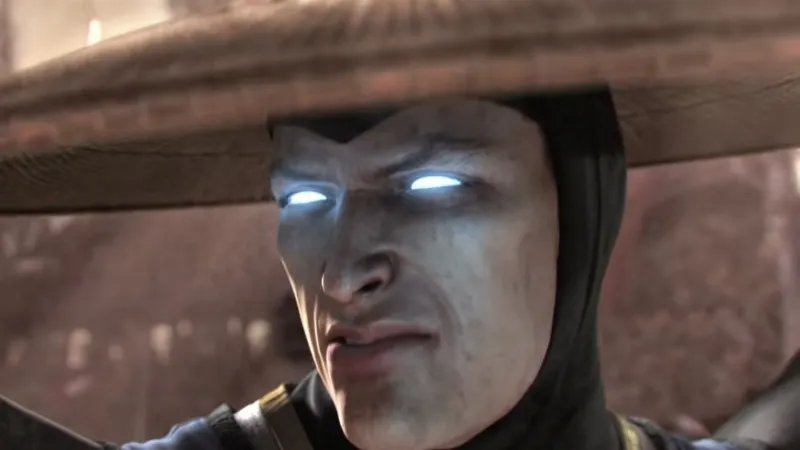
Syed remembers the eye-catching visuals at an early stage during his interview. The game, which was over a year away, had glitched out and was frozen in place, but that technical mishap allowed him to soak it all in.
“The game had crashed during a match [with] Kung Lao versus maybe Raiden on the daytime Pit stage,” recalls Syed. “It was frozen, and all I saw was Kung Lao in the middle of a jump kick or something. And even just that, I thought it looked amazing.”
The campaign was yet another area where Mortal Kombat vs. DC Universe crawled so that Mortal Kombat 9 could run. It had detailed cutscenes, seamless transitions into fights, fast pacing, and a cast that would make even the pickiest Mortal Kombat fan happy. Fighting game story modes were, for the most part, hardly more than arcade ladders, so this was a massive improvement when compared to almost anything else in the genre. Boon acknowledges MKvDC’s valiant efforts in laying the groundwork while also detailing how Mortal Kombat 9 was able to fully land the crushing blow.
“One thing that has always set Mortal Kombat apart from other fighting games is its deep story and lore,” says Boon. “With each game, we leaned harder into that. Players appreciated it, so we knew it was very important to them. Again, Mortal Kombat vs. DC Universe really validated our cinematic story presentation, being our very first game to do it.”
MK9’s presentation was only part of its appeal. Fighting games love to indulge in nostalgia, and MK9’s story provided that in spades with its all-star roster and iconic arenas from the first three games. With the leap in fidelity afforded by modern technology and the will to get back to basics, rebooting the original trilogy with a modern coat of paint was a natural starting point.
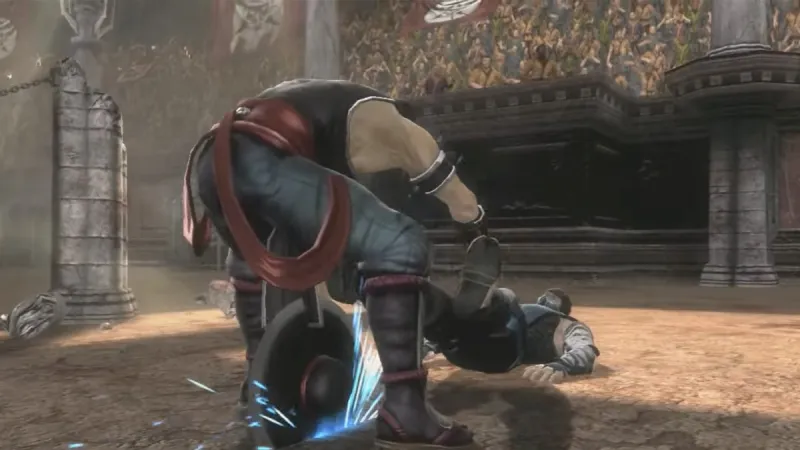
“We knew it was a perfect opportunity to present a true telling of the Mortal Kombat storyline in its full cinematic glory, better than we ever could before,” Boon says. “That was one of the reasons why we decided to tell the [first three] stories over again. One reason why it worked so well was because it was presented like a ‘real movie’ but with the player participating in all of the fights. It felt like a perfect marriage.”
Villani says Mortal Kombat has always focused on narrative. The RPG-like Konquest Modes and minigames like Motor Kombat and Puzzle Kombat were similar stepping stones to getting Mortal Kombat into a more traditional campaign territory. Building upon those modes and emphasizing narrative just made sense according to Villani, but it also made the budget balloon.
“The one thing you could say about Warner Bros. is that they paid those bills,” Villani says. “That was a lot of money. I don’t even remember the exact amount of money we spent on that mode, but it was like a whole other game’s worth. Not another MK game, but like a smaller game could have been made for that kind of money. How do you get people really jazzed to play this new fighting game? You give them a story mode that actually tells a compelling enough story and involves fighting. Simple pitch, but somebody has to pay for it.”
A Bloody Good Reveal
A Bloody Good Reveal
Mortal Kombat 9’s high cost extended to its extravagant E3 2010 reveal. NetherRealm draped The Los Angeles Convention Center in banners with tasteful silhouettes of Sub-Zero’s famous spine-rip Fatality. The booth had an imposing dungeon covered in skulls and spikes, all with the series’ logo hanging overhead. These attractions only helped reinforce what the game demos made clear: Mortal Kombat was back. Fans and critics praised the return to form, gawking at the bone-crunching X-Ray attacks and bloody finishers playing on televisions while waiting to play.
The reveal of Mortal Kombat 9 made for an impressive first E3 for Syed, who spent his teenage years downloading low-res trailers at home. He says it was an amazing event that let the developers unveil the game on their terms. After initially waiting in line to see his game like a fan, he rode on the crowd’s energy.
“It was an absolute thrill to finally show it and the fan reaction was incredible,” Syed says. “The Fatality we showed off at the theater presentation was one of the goriest: Kung Lao throws his hat on the ground like a spinning buzzsaw and then pulls the victim into it. It was an absolutely uproarious response. The ‘oohs’ and ‘aahs’ reacting to bloody violence, it was so awesome.”
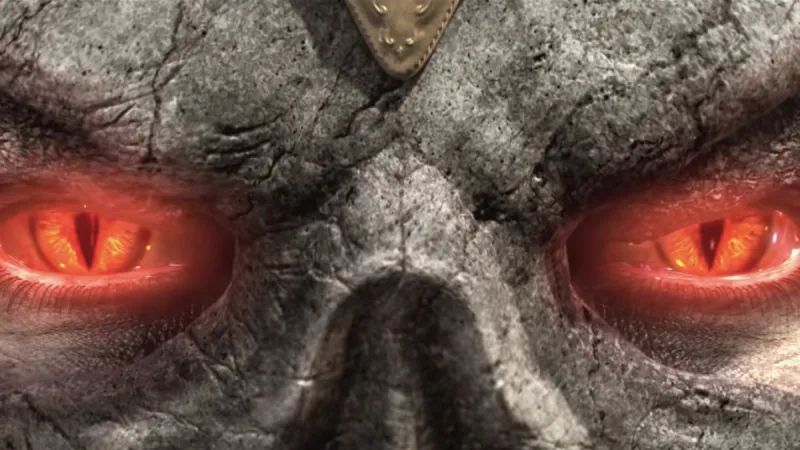
Boon says he was thrilled like Syed, but also anxious since a lot was riding on the reveal. WB’s money and years of fan demand are sure ways to amp up the pressure.
“I remember E3 as being a combination of feeling very excited and equally nervous,” Boon says. “There was a lot of anticipation for this game, and WB was really backing it with a strong PR and marketing campaign. The hype was really building, and we felt the pressure for the game to live up to it.”
The nerves faded as people started going hands-on. While TVs were hanging on the outside, Mortal Kombat 9 was hidden away from the show floor, adding to the mystique. Boon says he felt bad people had to wait so long to see it, but once fans got inside, they went wild.
“Inside the theater was crazy,” Boon recalls. “People were freaking out when they saw the new features and the crazy X-Ray moves on the gigantic screen.”
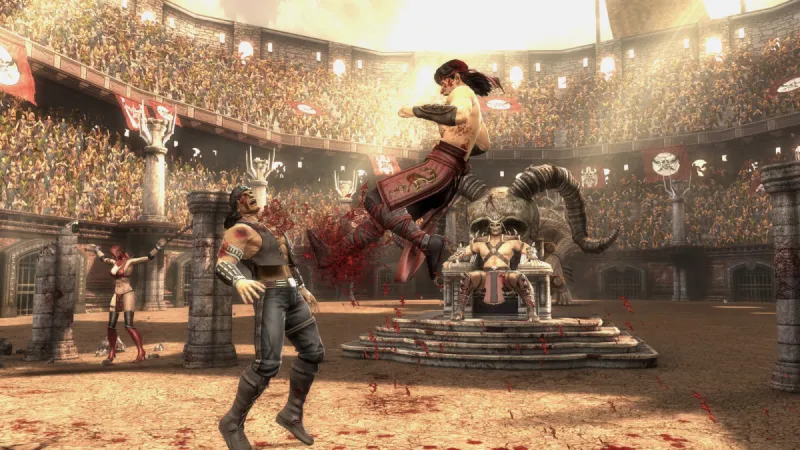
An Impressive X-Ray Exam
An Impressive X-Ray Exam
E3 2010 was a validation of what the newly rebranded team spent years working on in secret, but it still had 10 months to go. There are many stories of games that show well and then hobble to the finish line, only reaching greatness in their last few months (if at all). However, Mortal Kombat’s development differed partially because of its genre and how NetherRealm builds characters and stages in waves.
This modular approach, where lessons learned from one batch are applied to the next, meant there wasn’t a singular moment where it all clicked into place. With such an increased focus on quality and giving the studio more time, it was hard for the team to see it being anything but a success.
“I don’t think there was an ‘Aha!’ moment with it like, ‘Oh, this is gonna be a great thing,’” Villani admits. “It was like, ‘How could this not succeed?’ We’re improving every dimension of this we possibly can. And it just got better over time.”
Even with a stacked feature list, its X-Ray super moves stuck out. Like Street Fighter IV’s Ultra Combos, a full meter would let players unleash a cinematic attack. But unlike Capcom’s fighter, Mortal Kombat’s super moves gave players a detailed look at the internal damage.
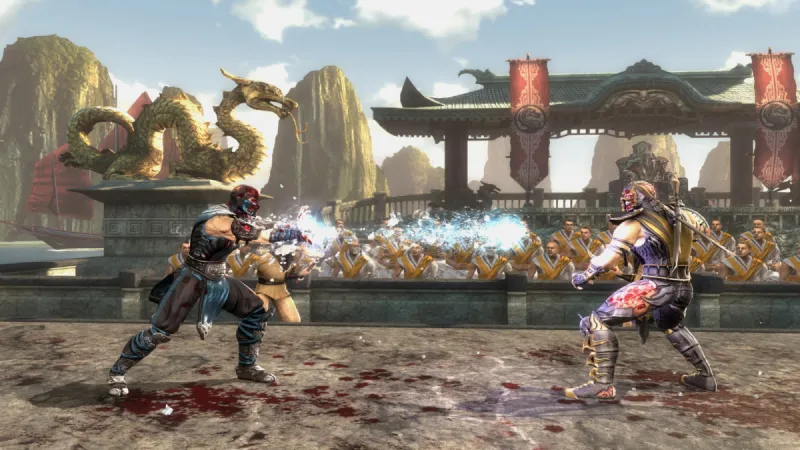
Crushing frozen livers and pulverizing groins were flashy ways that Mortal Kombat put its own spin on super moves, but this added another visual flair to a game already pushing itself. Boon says how he was satisfied with its execution yet didn’t downplay how hard it was to implement.
“I can’t tell you how many times we iterated on the presentation and timing of those moves,” Boon says. “There was a lot of trial and error.”
Boon also notes that the many involved departments had to iterate many times so that X-Rays could “feel so outrageous and satisfying.” Kawa was one of those who touched the new system, citing it as the most challenging thing he worked on.
“We couldn’t always have [the guts] in there, so we came up with this [process where] when the camera switches in, the models have their full models inside,” he says. “We don’t have to worry about the gameplay then, so it’s not like the characters themselves have all their guts in them [at all times]. It’s only when we went to the X-Ray camera that they have all that stuff in them because otherwise the game would never run.”
People unanimously cited X-Rays as a tentpole feature. Syed remembers spending his first day going through the raw X-Ray animations for kicks. O’Meara says it always felt good to see fan reactions. To him, much of the impact was better because of the framing. While older entries had gory moments, MK9’s camera framed them more appropriately to highlight “cinematic art.”
“I think the cinematics department really did a great job of respecting the fact that it’s a 2D fighter, so you really couldn’t get as many angles as I’m sure they would want to get,” says O’Meara. “It’s not built for you to shoot from any angle. So they had to work within that constraint and still make the Fatalities and the X-Rays feel cinematic and impactful. And I think that it really took it to another level. I feel like that helped push other games to be even more cinematic.”
The Mortal Kombat Legacy
The Mortal Kombat Legacy
The X-Ray system found its way into MK9’s two sequels and was just one carryover that sat alongside its super meter and 2D plane. But the game’s legacy goes far past its mechanics and was widespread enough to mean different things to different people. O’Meara, a huge fan of the series, admires MK9 for what it means to the players.
“As a fan, it’s like, ‘This feels like I got to be in MKII again, but it’s uprezzed, and everything’s more graphic,’” O’Meara says. “Like, ‘We’re back to the foundation that made MK so exciting, but better.’”
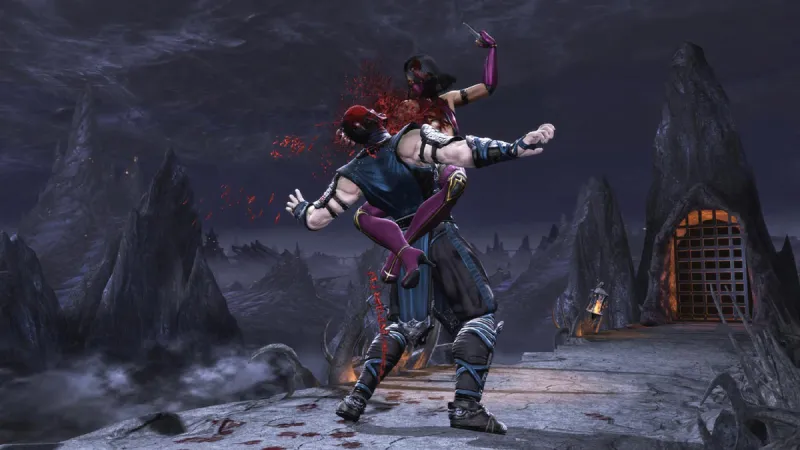
Syed says that it showed how a 2D fighting game with a heavy emphasis on single-player content was a “formula that really works.” Boon goes a step further, saying that single-player focus was a driving force for the team’s following games.
“Mortal Kombat validated our theory that there was a strong demand for single-player content in fighting games,” Boon says. “In many ways, it set the foundation for the NetherRealm Studios games that followed. Even though MKvDC was the first game with our story mode, Mortal Kombat is where it really took off. Plus, it introduced the Challenge Tower, King of the Hill, and much more. I think it’s pretty safe to say that Mortal Kombat set the stage for all NetherRealm games that followed.”
Players responded well, making it the most successful Mortal Kombat game at that time. Even with the wide power gap between most fighters, widely criticized online netcode, slight advantage Player 1 always has, and inability to trade hits like most fighting games, fans generally loved it and still continue singing its praises.
MK9 perhaps left the biggest imprint on NetherRealm. After a weak crossover and turbulent times, MK9 gave the team a sturdy foundation to build on and showed it had survived and created one of its best games ever. It was a declarative statement for the team and the entire franchise. Villani details how that success led to NetherRealm’s validation as a big “new” developer worthy of the money WB paid.
“From the studio perspective, it’s definitely the thing that catapulted them into such a solid place in terms of being able to be as big as they are with their quality bars that they’re expecting,” Villani says. “And with the full support and funding of Warner Bros., it literally confirmed everything that they bought the team for. Every game from there on out that was done by that studio owes a great deal to the quality and critical success that MK9 was. That’s where that team coalesced and where everything happened to literally confirm that everything from that point on would be good.”
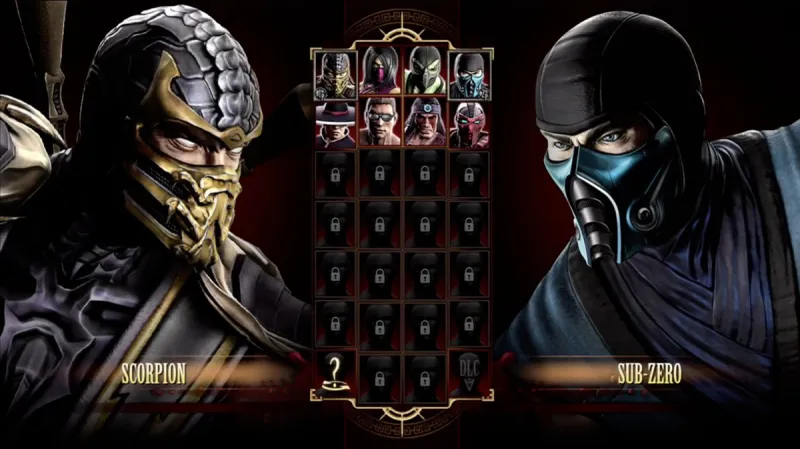
Villani also touches on what this game meant historically, looking back at MKvDC’s shaky steps and forward to what would become Injustice: Gods Among Us, released in 2013. Mortal Kombat’s campaign, extensive single-player modes, competitive scene, and DLC model were all iterated upon in NetherRealm’s future games, showing how pivotal that game truly was.
“All those games can trace back to that release, in terms of like a new era type thing,” Villani says. “Obviously, there’s the preamble, which is MKvDC. The confidence in what the studio was capable of and the IP’s strength was just confirmed in every way you could possibly imagine. That’s really the legacy. It definitely bootstrapped the whole series and also was the predecessor to Injustice. Nothing but good came out of that and was one of those key products that really spawned so many things. That’s where it really should be remembered, even if it’s not people’s favorite.”
MK9 is many people’s favorite, though, even after two prettier and bloodier sequels. The mix of nostalgic callbacks to the original trilogy and an array of new mechanics was a balance that appealed to casual players and ones that had been there since the beginning. A reboot rarely hits those two extremes and completely revitalizes a series, especially given the odds NetherRealm faced at the time. Despite almost being a fatality, MK9 gave an old team a fresh start and the series enough momentum to reach its 30th anniversary with no signs of slowing down.
This article originally appeared in Issue 352 of Game Informer.
